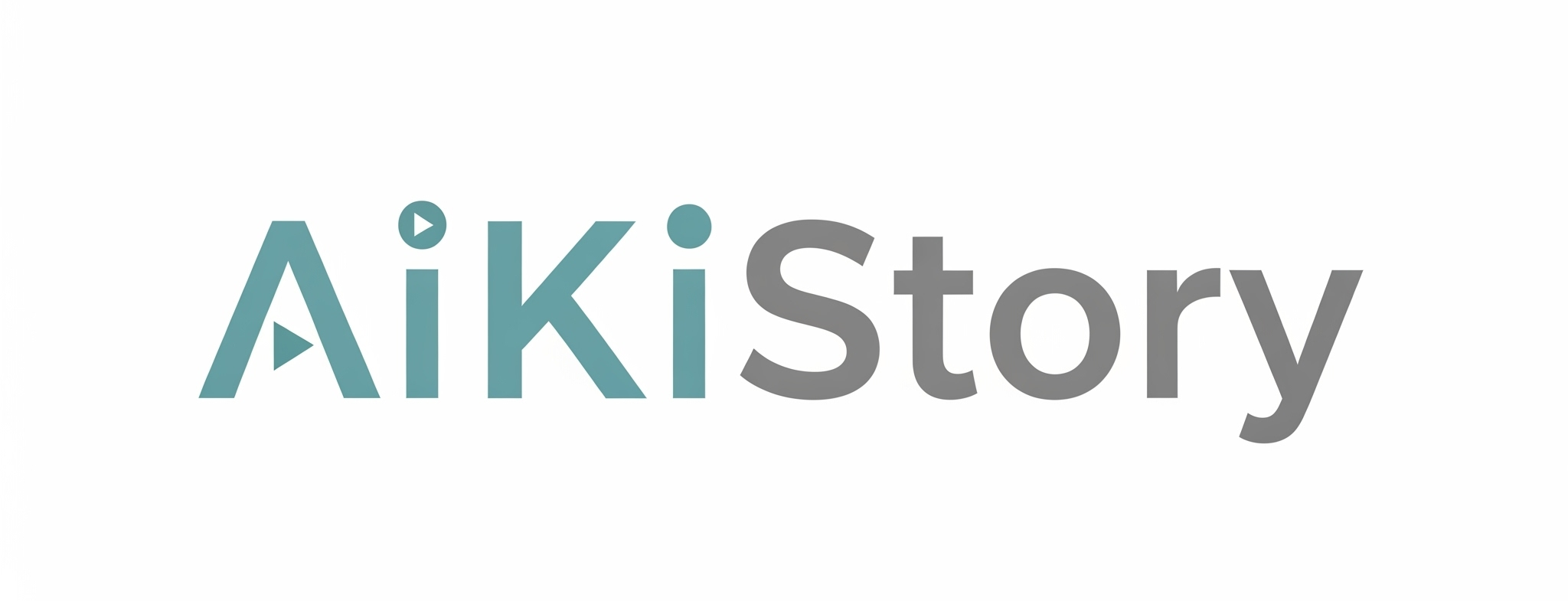
AI Development Tools and Frameworks: A Beginner’s Guide
When it comes to AI development tools and frameworks, selecting the right ones can make Artificial Intelligence projects much easier. These frameworks provide pre-built libraries, ready-made functions, and structured workflows that save time and effort. Instead of starting from scratch, developers can use them to build, train, and deploy AI models faster.
Whether you are just beginning your AI journey or looking to expand your skills, mastering these tools will give you the foundation to work on real-world projects.
Why AI Development Tools and Frameworks Are Important
Artificial Intelligence involves several stages such as collecting data, preparing it, training models, and testing them. Without a proper framework, this process can be very slow and confusing. AI development frameworks simplify the workflow by offering:
-
Pre-built functions for machine learning and deep learning tasks
-
Tools for building and training neural networks
-
Easy-to-use environments for debugging and testing
-
Scalability for larger datasets and advanced projects
This means developers can focus on innovation rather than dealing with repetitive technical challenges.
The Three Most Popular AI Frameworks
Now, let’s look at the three most important AI frameworks that every beginner should know.
1. TensorFlow
Developed by Google, TensorFlow is one of the most popular AI development frameworks in the world. It is highly flexible and can be used for deep learning, computer vision, natural language processing, and much more. TensorFlow is also scalable, meaning you can run it on small projects as well as large, production-level applications.
Beginners can use its high-level API to start quickly, while advanced users can go deeper with custom model building.
2. PyTorch
PyTorch, created by Meta (Facebook), has rapidly gained popularity among researchers and developers. It is known for being user-friendly and excellent for experimentation. PyTorch allows developers to test new ideas quickly because of its dynamic computation style, which feels more natural for coding in Python.
It has become the top choice for AI research while still being strong enough for real-world deployment.
3. Scikit-learn
If you are starting with machine learning, Scikit-learn is the perfect tool. Unlike TensorFlow and PyTorch, which focus more on deep learning, Scikit-learn provides simple and efficient tools for tasks such as classification, regression, and clustering.
It is widely used for small to medium-scale projects and comes with excellent documentation, making it beginner-friendly.
Choosing the Right Framework
Each of these frameworks serves different needs:
-
TensorFlow: Best for scalable, production-ready AI solutions.
-
PyTorch: Ideal for research, experimentation, and flexible development.
-
Scikit-learn: Perfect for beginners and small to medium machine learning projects.
As a beginner, you don’t need to master all three at once. Start with one framework based on your goals. If you want to explore deep learning, PyTorch or TensorFlow is a great choice. If you want to learn the basics of machine learning, Scikit-learn is easier to begin with.
Conclusion
The right AI development tools and frameworks are essential for building Artificial Intelligence solutions. TensorFlow, PyTorch, and Scikit-learn are three of the most powerful and beginner-friendly options available today.
By learning how to use them, you can save time, avoid unnecessary complexity, and build smarter AI models. Start small, experiment, and gradually expand your skills. The more you practice with these frameworks, the better you will understand the world of Artificial Intelligence.


